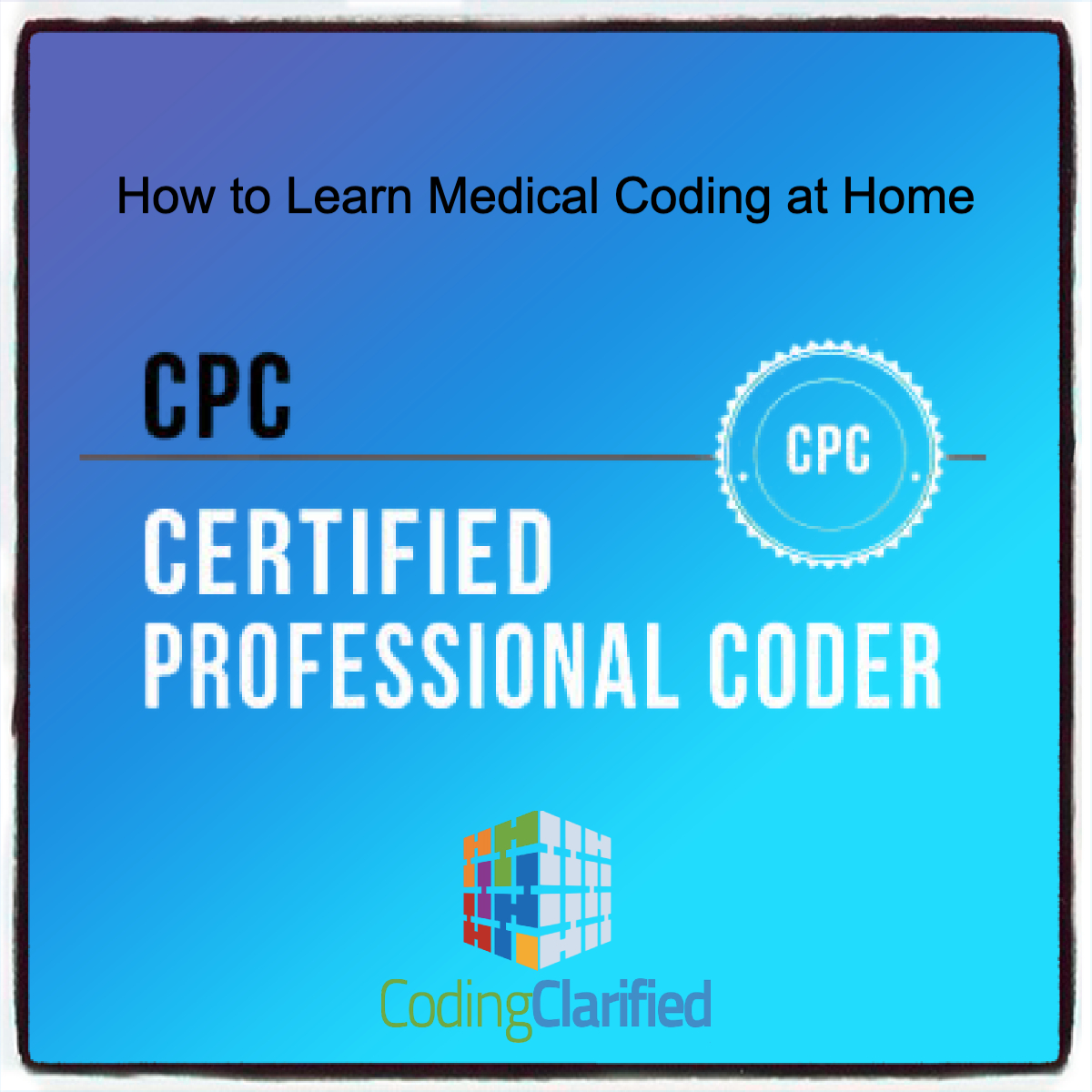How to Learn Medical Coding at Home: A Comprehensive Guide
Medical coding is vital to the healthcare system, translating medical procedures, diagnoses, and services into standardized codes for billing and insurance purposes. Learning medical coding at home is practical for those looking to enter this field or enhance their skills. Here’s a step-by-step guide to help you get started.
1. Understand What Medical Coding Involves
Before diving in, it’s important to understand what medical coding is and its role in healthcare. Medical coders use coding systems like ICD-10 (International Classification of Diseases), CPT (Current Procedural Terminology), and HCPCS (Healthcare Common Procedure Coding System) to convert medical information into codes for insurance claims and health records. Familiarize yourself with these coding systems to get a sense of the subject matter.
2. Set Up a Learning Space
Create a dedicated study area at home that is comfortable and free from distractions. Equip it with a computer, and reliable internet access. Having a well-organized study space can help maintain focus and improve your learning efficiency.
3. Choose the Right Learning Resources
There are numerous resources available for learning medical coding:
- Online Courses: Many platforms offer comprehensive medical coding courses. Look for accredited programs or those that offer certification preparation. Websites like Coursera, Udemy, and edX provide a range of options. https://codingclarified.com/mastering-online-medical-coding-training/
- Textbooks: Invest in textbooks that cover medical coding principles and practices. Books like “Understanding Health Insurance: A Guide to Billing and Reimbursement” by Michelle A. Green and “Medical Coding: A Beginner’s Guide” can be very helpful. https://www.amazon.com/Understanding-Health-Insurance-Billing-Reimbursement-dp-B0D9N3T4WH/dp/B0D9N3T4WH/ref=dp_ob_title_bk
- Certification Prep Materials: If you plan to get certified, use study guides and practice exams specific to the certification you’re targeting, such as the AAPC CPC (Certified Professional Coder) or AHIMA CCS (Certified Coding Specialist). AAPC study guide-https://www.aapc.com/shop/study-guides/cpc-study-guide.aspx AAPC practice exam https://www.aapc.com/shop2/practice-exams.aspx#cpc
4. Learn the Coding Systems
- ICD-10: This system is used for diagnosing and tracking diseases. Learn the structure and how to find and apply codes for various conditions. https://www.aapc.com/medical-coding-books/icd-10-cm-code-book/
- CPT: This system is used for documenting medical, surgical, and diagnostic services. Focus on understanding the different categories and how they apply to procedures. https://www.aapc.com/medical-coding-books/cpt-code-book/
- HCPCS: This system complements ICD-10 and CPT codes and is used for billing certain services, supplies, and equipment. https://www.aapc.com/medical-coding-books/hcpcs-book/
5. Practice Regularly
Practice is key in mastering medical coding. Use coding workbooks, online exercises, and sample cases to test your knowledge. Regular practice helps reinforce your learning and improves accuracy.
6. Join Online Communities
Engage with online forums and groups focused on medical coding. Communities like AAPC (American Academy of Professional Coders) and AHIMA (American Health Information Management Association) offer valuable resources, support, and networking opportunities. These communities can be a great place to ask questions, share knowledge, and get feedback. Coding Clarified Facebook groups- Medical Coding and Billing Forum Medical Coding “Clarified” Coding Support Group Medical Coding for Newbies AAPC Coders
7. Take Practice Exams
Taking practice exams is crucial for preparing for certification tests and assessing your knowledge. Many online courses and study guides offer practice exams that simulate the real test environment. https://www.aapc.com/shop2/practice-exams.aspx#cpc
8. Seek Certification
Certification is often required for medical coding jobs and can enhance your job prospects. Research the requirements for certification with organizations like AAPC or AHIMA, and choose the one that aligns with your career goals. Prepare thoroughly for the certification exam using study guides and practice tests. https://www.aapc.com/certifications/exams
9. Stay Updated
Medical coding standards and guidelines can change. Stay updated on any changes in coding practices, regulations, and guidelines by following industry news, taking continuing education courses, and participating in webinars.
10. Apply Your Skills
If possible, try to gain practical experience. Look for internships, volunteer opportunities, or freelance projects that allow you to apply what you’ve learned. Practical experience is invaluable and can enhance your resume.
Learning medical coding at home is entirely feasible with the right resources, dedication, and practice. By understanding the role, utilizing various learning materials, practicing regularly, and seeking certification, you can successfully navigate this career path from the comfort of your home. Embrace the challenge and stay committed to your learning journey, and you’ll be well on your way to becoming a proficient medical coder.

